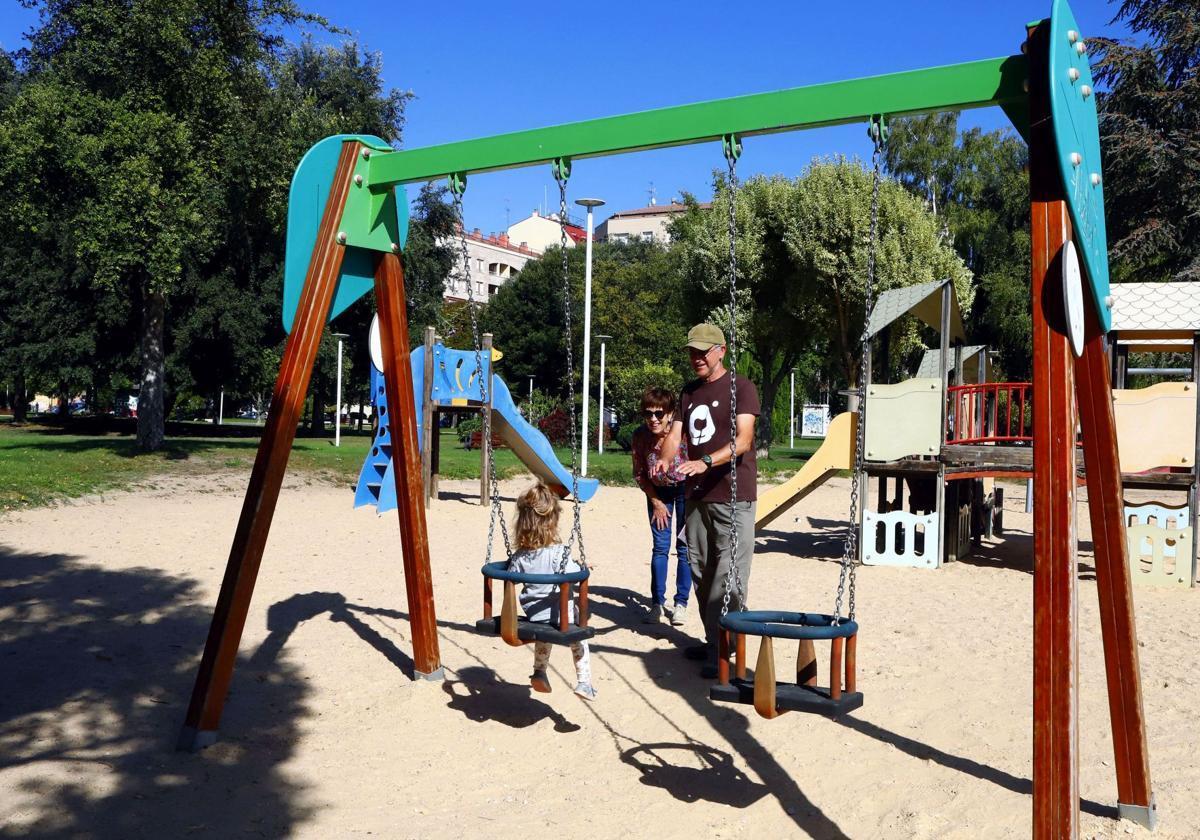Friday, 17 October 2025, 12:23
The wealth of families in Spain has increased by 81% in the last 20 years (specifically from 2002 to 2022) in real terms, driven primarily by rising house prices, according to a study published on Thursday by Spanish economic think-tank Fedea, which also reveals that this significant growth has been “very uneven”. Although assets have almost doubled in two decades, wealth is concentrated in the hands of the few. In other words, despite wealth having multiplied for the people living in Spain, the number of families among whom it is distributed has decreased.
Fedea’s latest study of the developments in household wealth in Spain, authored by J. Ignacio Conde-Ruiz and Francisco García-Rodríguez, reveals that household wealth has never been higher, but these economists warn of the inequality in its distribution. There is a huge income gap, not only by social class, but also by generation.
One key point is that half of the population has only 7.1% of the country’s total wealth, while the richest 1% now accounts for more than 21% of total asset wealth, up from the 13% back in 2002. Then, if we add the other wealthiest 9% (who have accumulated almost 33% of the nation’s wealth, four percentage points more than in 2002), we can conclude that the richest 10% of households have accumulated 53.7% of Spain’s total wealth.
40%
home ownership rate for millenials
The home ownership rate among millennials (those born between 1986 and 1996) is much lower than that of their parents (around 75%).
The study, based on microdata from the Bank of Spain’s survey of household finances (EFF), indicates that, between 2002 and 2008, all households experienced “sustained wealth growth” as a reflection of the economic boom and the expansionary cycle of the real estate market. However, the financial crisis that began in 2008 caused a “significant contraction”, especially among high-income households, due to the loss of asset value. After the 2014 economic trough, there was a gradual recovery, “but with clearly uneven intensity”. So, the high-income families returned to a path of accelerated growth while low-income families experienced a much more subdued recovery.
This process culminated in 2022 with the widest gap between income percentiles ever recorded. “Wealth continues to be heavily concentrated in households at the top of the distribution scale, both in terms of absolute value and wealth composition,” states Fedea.
Generation gap
In addition to social class, the study warns of the generational inequality that exists in Spain. In this sense, Fedea warns of a “deep generational divide”, as the population categories born between 1956 and 1975 (end of the baby boomers and the first ‘Generation X’) have consolidated high levels of wealth thanks to a context of stable employment, accessible credit and strong real estate appreciation, while millennials (those born after 1986) accumulate less wealth than previous generations at the same age, face greater barriers to housing access and have a homeownership rate below 40%.
The report reveals that the average wealth gap between those under 35 and those over 75 has widened from 50,000 euros in 2002 to more than 360,000 euros in 2022. “The analysis by age reveals a wealth structure strongly influenced by the life cycle: young people accumulate mainly debt, especially mortgage debt, and have barely begun to build their wealth. Middle-aged households are bearing the greatest financial burden and the highest levels of real assets. Those over 65 have the greatest net wealth, with more diversified portfolios and low levels of debt,” is the summary from this think-tank.

